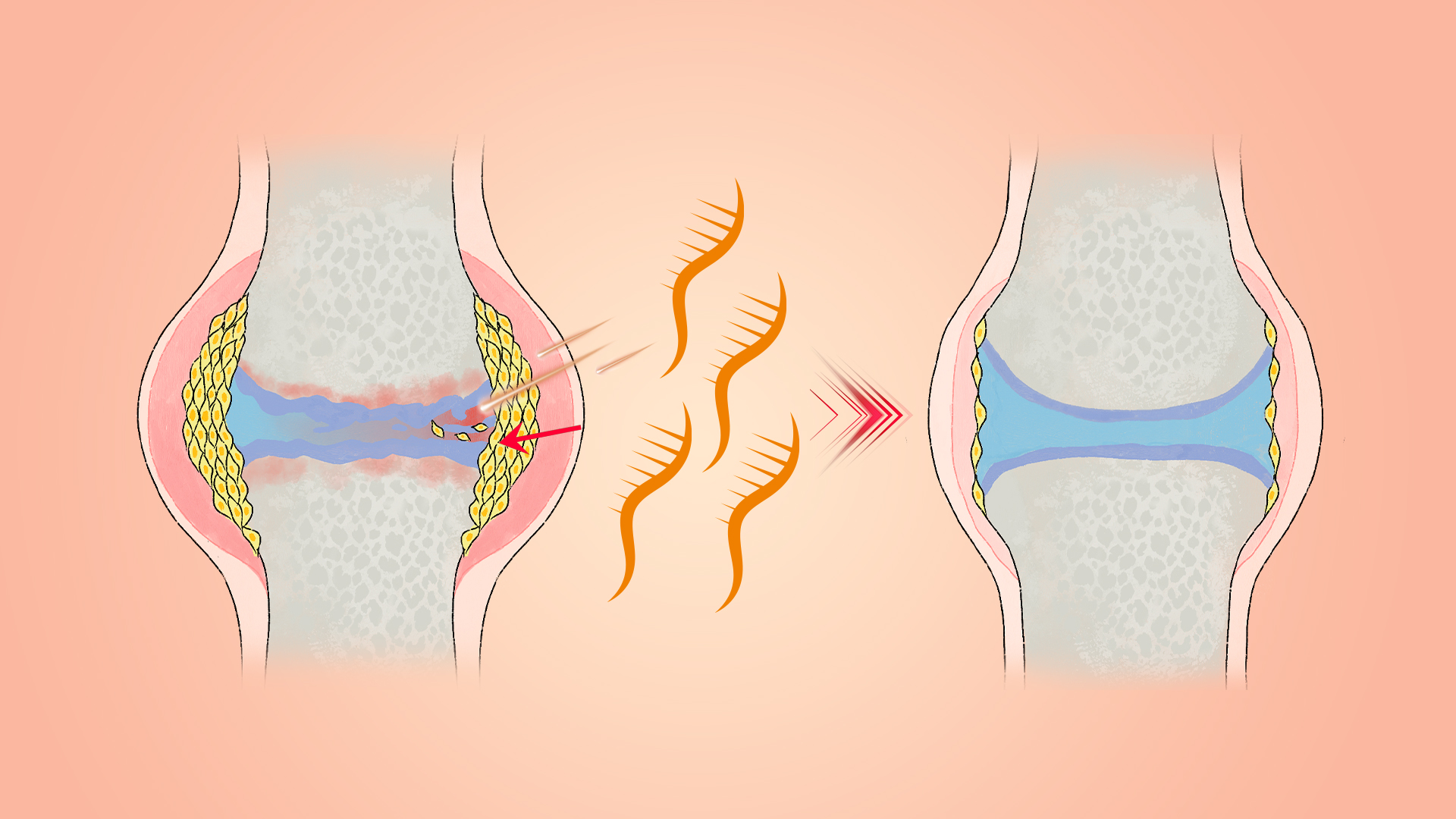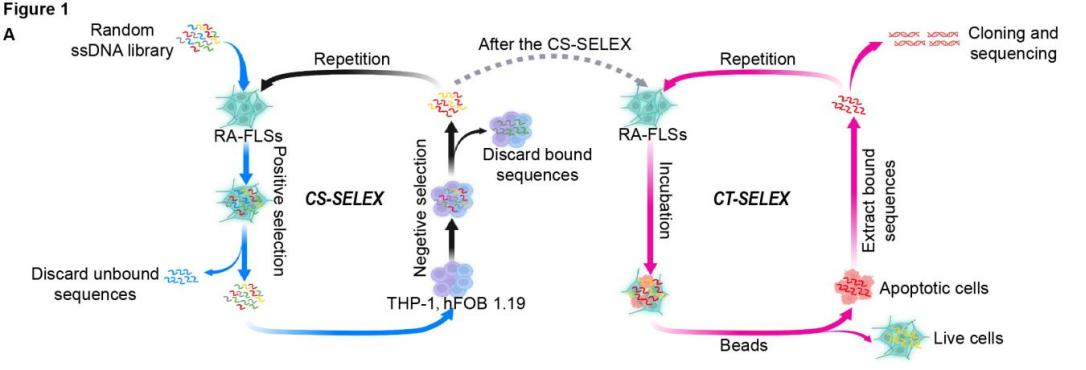Rheumatoid arthritis (RA) is a systemic autoimmune disease characterized by chronic inflammation, synovial hyperplasia, and progressive damage to bone and cartilage. The disease involves the overactivation of immune cells and the excessive release of inflammatory mediators. Traditionally, immunosuppressive drugs have been used to inhibit the overactivation of immune responses in RA. However, it is now widely considered that an immunosuppressive strategy is not sufficient to completely halt RA progression. Recent evidence suggests that, beyond the immune system, non-immune mediators—particularly fibroblast-like synoviocytes (FLSs)—also play critical roles in RA.
In RA, FLSs undergo phenotypic transformation into tumor-like cells and produce many inflammatory mediators, leading to growing synovial pannus that invade adjacent cartilage and bone. Thus, RA-FLSs-directed therapies have long been suggested as a potentially alternative or complementary approach to the current DMARDs-based immune-directed therapies in RA. However, a major hurdle for developing selective anti-RA-FLSs therapies is that molecular events that drive tumor-like transformation of RA-FLSs are poorly understood, and very few RA-FLSs-specific molecular signatures have been identified.

A collaborative research team led by Associate Professor Chao Liang and Research Assistant Professor Xuekun Fu from the Department of Systems Biology at the School of Life Sciences, Southern University of Science and Technology (SUSTech), along with Professor Aiping Lu from Hong Kong Baptist University, has published a study that addressed this challenge by developing a novel Cell-Specific and Cytotoxic SELEX (CSCT-SELEX) strategy. This approach was used to identify an aptamer, SAPT8, that specifically targets RA-FLSs. The surface molecular target of SAPT8 was identified as nucleolin (NCL), a protein linked to FLS activation and transformation. SAPT8 selectively kills RA-FLSs by modulating the NCL-p53/Bcl-2 signaling axis.
Their findings, entitled “Generation of cytotoxic aptamers specifically targeting fibroblast-like synoviocytes by CSCT-SELEX for treatment of rheumatoid arthritis”, has been published in the journal Annals of the Rheumatic Diseases.

Figure 1. Generation of RA-FLSs-specific and cytotoxic aptamers by CSCT-SELEX. Workflow of the cell-specific and cytotoxic SELEX (CSCT-SELEX).
The CSCT-SELEX strategy described in this study incorporates two modules: the CS-SELEX module, which enriches ssDNA sequences that specifically recognize RA-FLSs, and the CT-SELEX module, which screens for aptamers that induce apoptosis. The selected aptamers, SAPT4 and SAPT8, demonstrated strong binding affinity to RA-FLSs and promoted cell apoptosis.
Mass spectrometry revealed that SAPT8 binds to NCL, a key molecule in the activation and transformation of RA-FLSs. SAPT8’s mechanism involves entering the cells via NCL, leading to the degradation of NCL through the lysosomal pathway and the modulation of the NCL-p53/Bcl-2 signaling axis, triggering selective apoptosis of RA-FLSs. In vivo studies further demonstrated that SAPT8 significantly reduced disease severity in an arthritis mouse model, suggesting a potential new nucleic acid-based therapeutic approach for RA.
Visiting scholar at SUSTech Fang Qiu and Duoli Xie from Hong Kong Baptist University are the co-first authors of the paper. Associate Professor Chao Liang, Research Assistant Professor Xuekun Fu, and Professor Aiping Lu serve as the corresponding authors.
This work was supported by the National Natural Science Foundation of China, Guangdong Basic and Applied Basic Research Foundation, Science, Technology, and Innovation Commission of Shenzhen, Shenzhen Medical Research Fund, Hong Kong General Research Fund, Hong Kong RGC Theme-based Research Scheme, and Shenzhen LingGene Biotech.
Paper link: https://ard.bmj.com/content/early/2024/09/04/ard-2024-225565
To read all stories about SUSTech science, subscribe to the monthly SUSTech Newsletter.
Proofread ByJun WAN, Adrian Cremin, Yingying XIA
Photo BySchool of Life Sciences